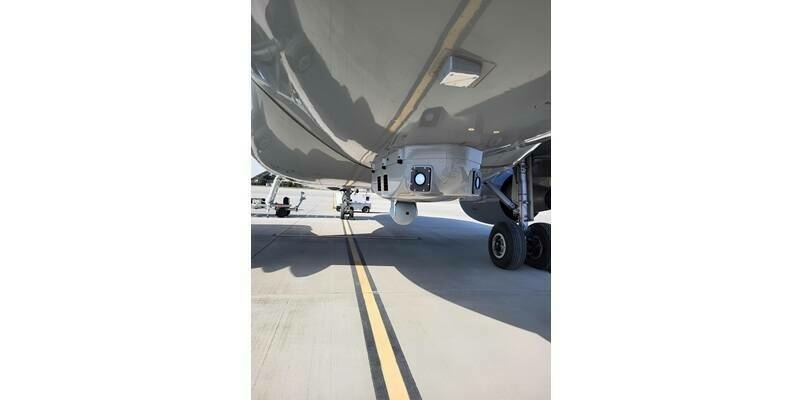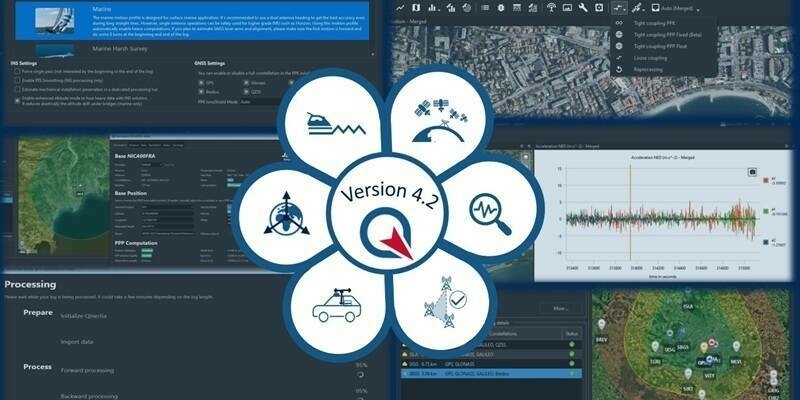The Northumbrian Water Innovation Festival’s ‘Combined Underground Infrastructure Map’ sprint will see many of the major players in UK infrastructure under one tent, and experts from Ordnance Survey will lead a sprint to explore the possibility of sharing the data each agency holds, examining overall business benefits and practical considerations of integrated underground data in a chosen arena.
There are more than 1.5 million kilometres of underground services — water, sewer, gas and electricity services — in the UK, and an estimated four million kilometres or more of data lines.
The lack of coordination and collaboration has many costs. The Department of Transport estimates that street works account for an estimated annual cost of £4.3 billion. Meanwhile, the Treasury estimated in 2013 that greater cross-infrastructure collaboration can save the economy around £3 billion.
The absence of a single complete and true underground infrastructure map means utility and infrastructure companies face a daily challenge of finding out what is underground before they dig holes. It can be a complicated, time consuming and inefficient process, and yet it’s essential if our water, electricity, gas, sewerage and communications companies are to keep crucial services running.
Ordnance Survey, in collaboration with the British Geological Survey and Future Cities Catapult, is working on Project Iceberg, a project to explore how to better capture, collect and share data about underground assets and geological conditions. As well as benefitting utility and energy companies, other organisations will benefit also, including the transport sector, street works planners, building developers and the public sector will.
While most utility and energy companies have maps and plans of their own services and networks, some of this has yet to be digitised, and the data, having been collected to varying degrees of quality, is not uniformed or of an equal standard.
Carsten Roensdorf, Spatial Infrastructure Lead at Ordnance Survey, said: “The absence of standards and common work practices governing the collection and management of underground data means decision makers working on cross-sector domain projects face a challenge to untangle the web of data that is available.
“Not knowing what’s buried and where it’s buried causes significant and unnecessary disruption, delays in street works, possible damage to other utilities and needless extra repair and compensation costs. It also disadvantages strategic network planning, as utilities often don’t have full and accurate location information across their asset portfolio and presents health and safety risks to utility employees and the public.
“The creation of a detailed and accurate picture of the subsurface space, related to above ground reference points, will be in the interest of the individual utilities, government and private sector stakeholders, as well as the general public.”
NWG’s Operations Solutions Manager Clive Surman-Wells said: “This has never been fully done before in this country. The possibilities of what we can unlocked through this sprint are mind blowing and this could turn on its head the way infrastructure companies work together in this country work forever.
“We can make it safer for the people digging holes and we can get in and out faster to carry out repairs and improvements if we have a good map of what is underground”
“Ordnance Survey is absolutely the partner of choice to be leading the sprint with it’s proven Geovation approach. And we’re very excited to work with other utility and infrastructure companies to bring about this exciting change.”
The five day Innovation Festival will take place at Newcastle Racecourse from 9th to 13th July, and it’s the second time the festival has ever been held, following its hugely successful launch last year.
Subscribe to our newsletter
Stay updated on the latest technology, innovation product arrivals and exciting offers to your inbox.
Newsletter

